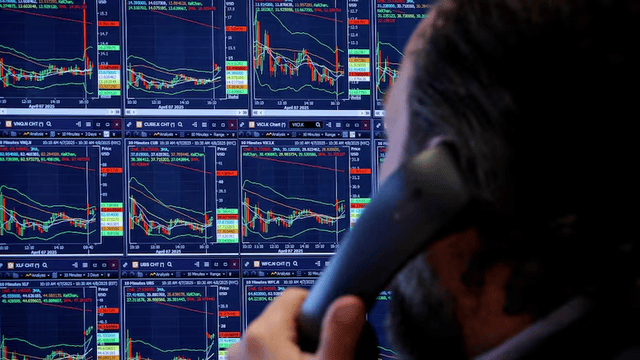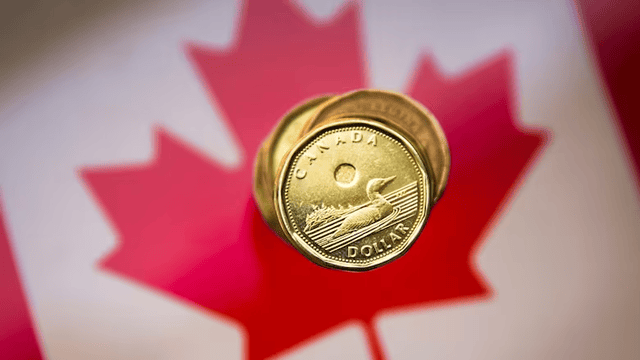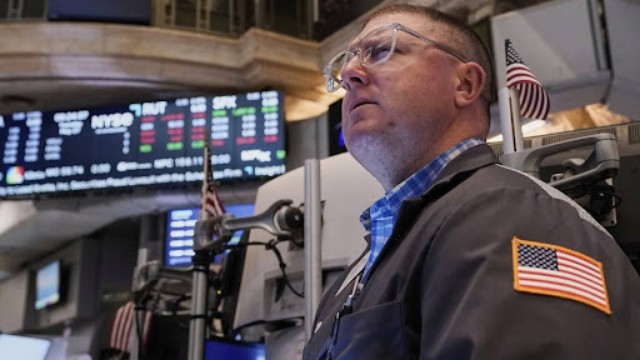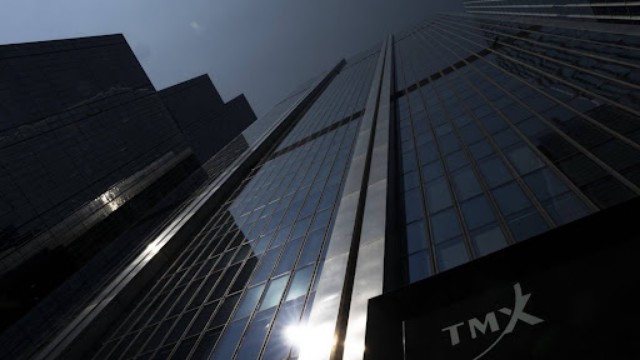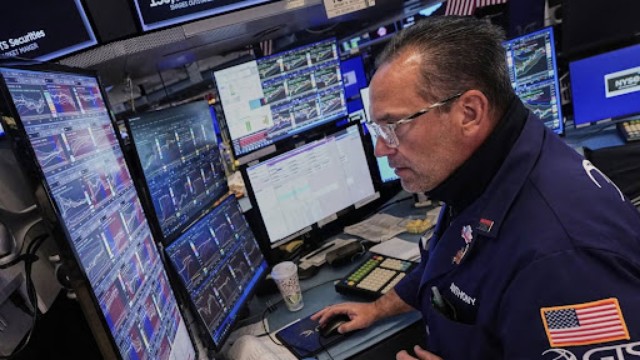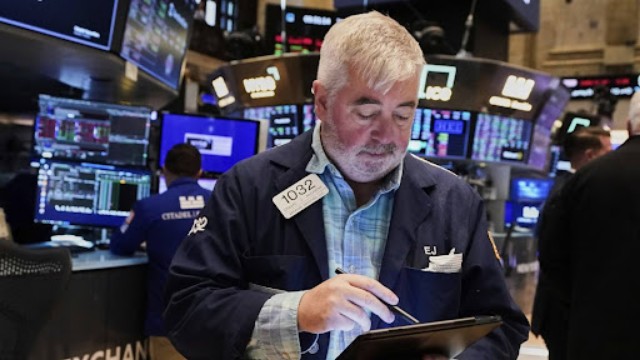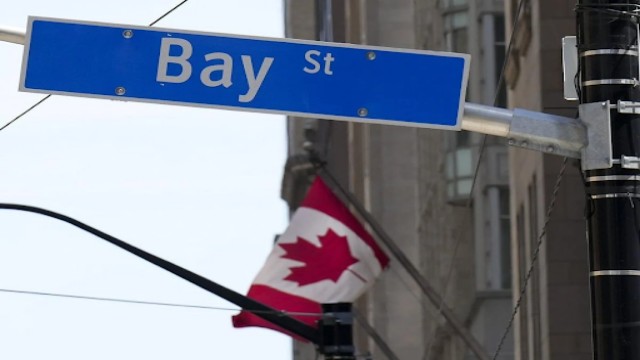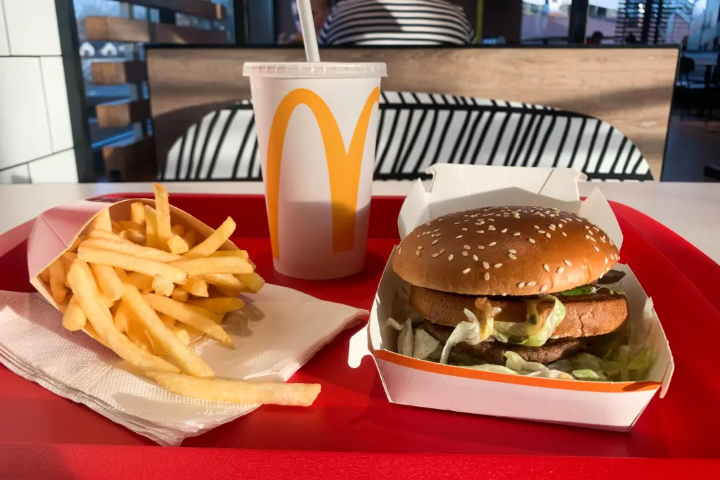
Rising menu prices at McDonald's prompt customer outrage and financial strain on franchisees amid inflation concerns. (Getty Images)
Has the $18 Big Mac combo deal become the tipping point for American consumers?
Chris Kempczinski, the CEO of McDonald's, acknowledged during an earnings call with Wall Street analysts that low-income customers earning less than $45,000 annually have significantly decreased their orders from the fast-food giant. The price of a Big Mac combo, including fries and a drink, has soared to nearly $18 at certain locations, while hash browns now cost up to $6. This steep increase in prices has deterred customers who are grappling with the effects of inflation.
McDonald's reported a global same-store sales growth of only 3.4% in the latest quarter, falling short of Wall Street's anticipated 4.7% growth. This growth was primarily driven by menu price hikes, according to the company. Kempczinski pointed out that dining at home has become a more economical option, particularly for low-income consumers, intensifying competition for this demographic.
Recent incidents have spotlighted the issue of exorbitant pricing at McDonald's outlets. In Connecticut, a customer was charged $7.29 for an Egg McMuffin and $5.69 for a side of hash browns, sparking public outrage. Another franchisee in nearby Darien, Conn., faced criticism for charging $17.59 for a Big Mac combo meal and $19 for a Quarter Pounder with Cheese and Bacon meal.
McDonald's franchisees have voiced concerns about being financially strained due to escalating costs of insurance, equipment, and labor. Rising minimum wages across the country, such as California's $20-an-hour minimum wage for fast-food workers, are expected to further drive up costs. Both McDonald's and Chipotle have announced plans to raise menu prices at their California locations this year.
Despite declining commodity prices for eggs, dairy, vegetables, and grains since August, fast-food chains continue to attribute their price hikes to rising commodity costs. This trend has raised concerns among industry experts, who fear that excessive price increases could alienate consumers.
McDonald's aims to moderate its price hikes to a "low single-digit" pace after implementing a 10% increase in 2023. Kempczinski emphasized the importance of balancing affordability with profitability, suggesting that the company plans to refine its pricing strategy to minimize customer resistance.




